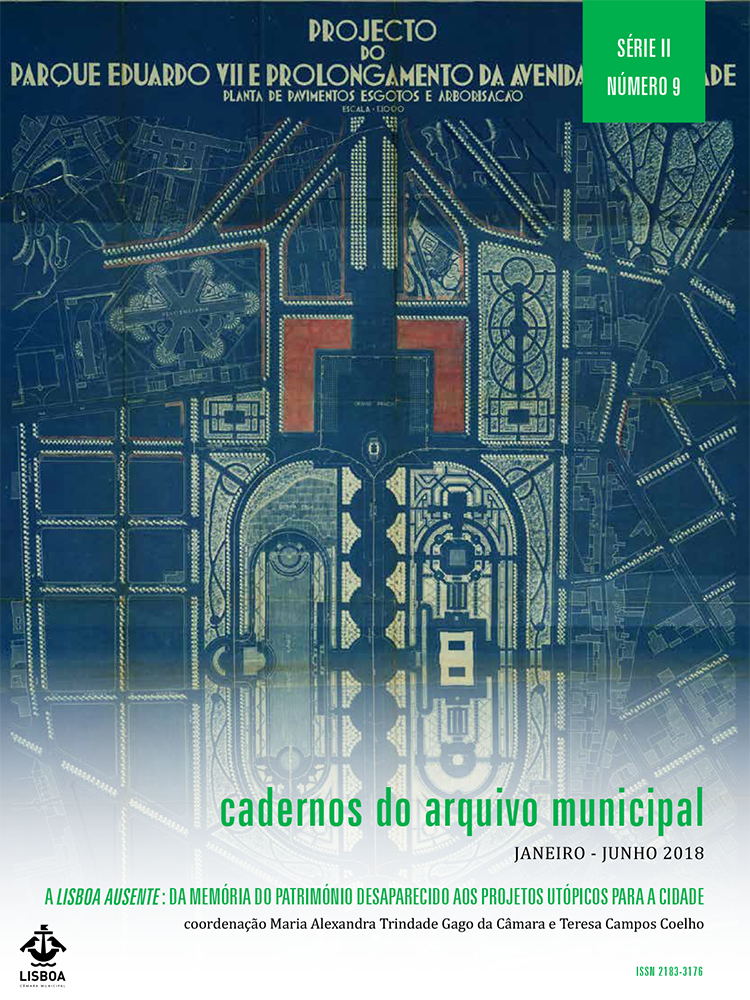Memories of absence, testimonies of persistence: the baroque woodcarving at the churches of Nossa Senhora do Socorro, Santo Estêvão and São Miguel, in Lisbon
DOI:
https://doi.org/10.48751/CAM-2018-9171Keywords:
Lisbon, Mouraria, Alfama, Woodcarving, ChurchesAbstract
The knowledge about the interior features of the Lisbon baroque churches, many of them missing or radically altered, has been enriched in recent years thanks to systematic research into archives and libraries. The use of primary sources in confrontation with complementary information collected in Chronicles, other literature and visual records allows a broad understanding of the economic and sociocultural mechanisms underlying the commissions and execution of woodcarved work, which we deal with in this text. Among diverse documentation, registering the payments to artists and other costs with works of art, stand out the Accounting Books of the brotherhoods. By checking both the nature of the work, its cost, time and names of artists, they constitute an indispensable tool for the progressive understanding of related phenomena, such as relations between commissioners and artists, between artists and intermediaries and even among all those involved, and the justice of the kingdom. In this study we will discuss three paradigmatic cases of study: the churches of N.ª S.ª do Socorro, Santo Estêvão and S. Miguel de Alfama, which present themselves as full testimony of the historical background of woodcarving of the baroque period.
Downloads
Downloads
Published
How to Cite
Issue
Section
License
Copyright (c) 2018 Sílvia Ferreira

This work is licensed under a Creative Commons Attribution-NonCommercial 4.0 International License.
The authors retain copyright and grant the journal the right of first publication, with the work simultaneously licensed under the Creative Commons Attribution License CC BY-NC 4.0 which allows sharing and adapting the text as long as its authorship is correctly attribbuted with recognition of the initial publication in this journal.









